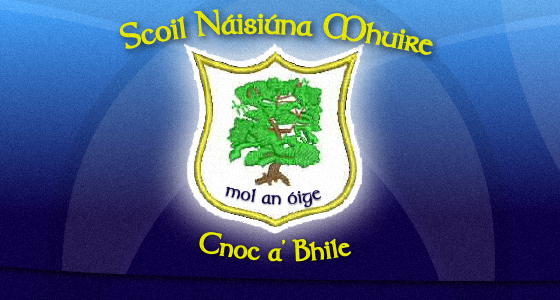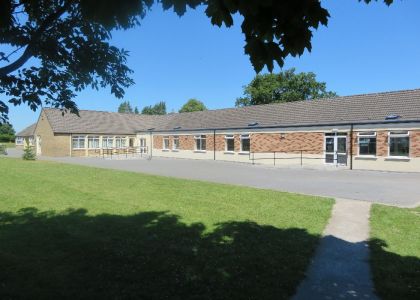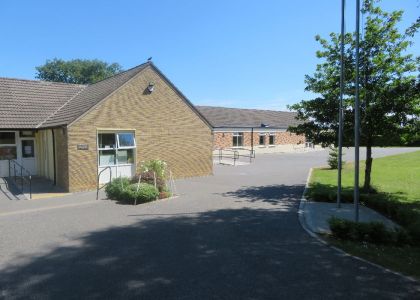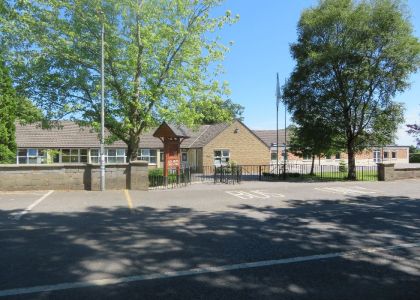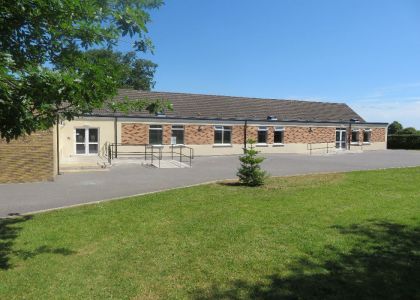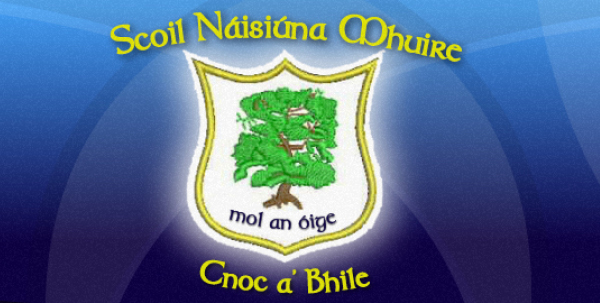Nature All Around Us - the Cuckoo
The Cuckoo
An Chuach
Have any of you heard the cuckoo calling around the Dundrum-Knockavilla area in the last couple of weeks?
I heard the cuckoo for the first time this year on the 19th of April when I was walking in the woods in Gortussa and Bishopswood. I’ve heard that call every day since. It is a most beautiful bird-call and one you will never mix up with any other bird’s call. Ms Healy told me that she had heard her first cuckoo of the year over in Clonaspoe/Cappamurra Bog about a week earlier.
The cuckoo is a migrating bird. This means that for half of the year, it lives in one part of the world and for the other half it migrates or moves to live in a different part of the world.
When you hear a cuckoo in Ireland, people say that it is a sign that spring has arrived as this is when it leaves Africa and arrives here.
The cuckoo has a blue-grey head and white underneath with black bars. Its wings are spotted and it has two yellow feet. It is about the same size as a pigeon.
Can you guess how the cuckoo got its name?
When the male calls out, it makes a low sound like coo-coo coo coo-coo!
It is similar to other birds as it likes to live in woodlands, near farms or along the coast. It also eats insects, and caterpillars are one of their favourite meals!
However, it is quite different to other birds in one way - it doesn't build its own nest, but takes another bird's nest instead!
Once it finds a nest, it removes an egg, that is already in it, to make room for its own egg. A female can lay between 12 and 20 eggs – all in different nests – in the spring. It leaves the eggs to be warmed and hatched by the bird who owns the nest. This bird doesn’t realise that it has a cuckoo’s egg in its nest. When the young cuckoo hatches it will push the other eggs and/or chicks out of the nest.
It really is a very cheeky bird!
|
|
Scoil Mhuire Knockavilla / Knockavilla National School, Killenure, Dundrum, Co. Tipperary, E34 TY07, Ireland Phone: 062 71533
